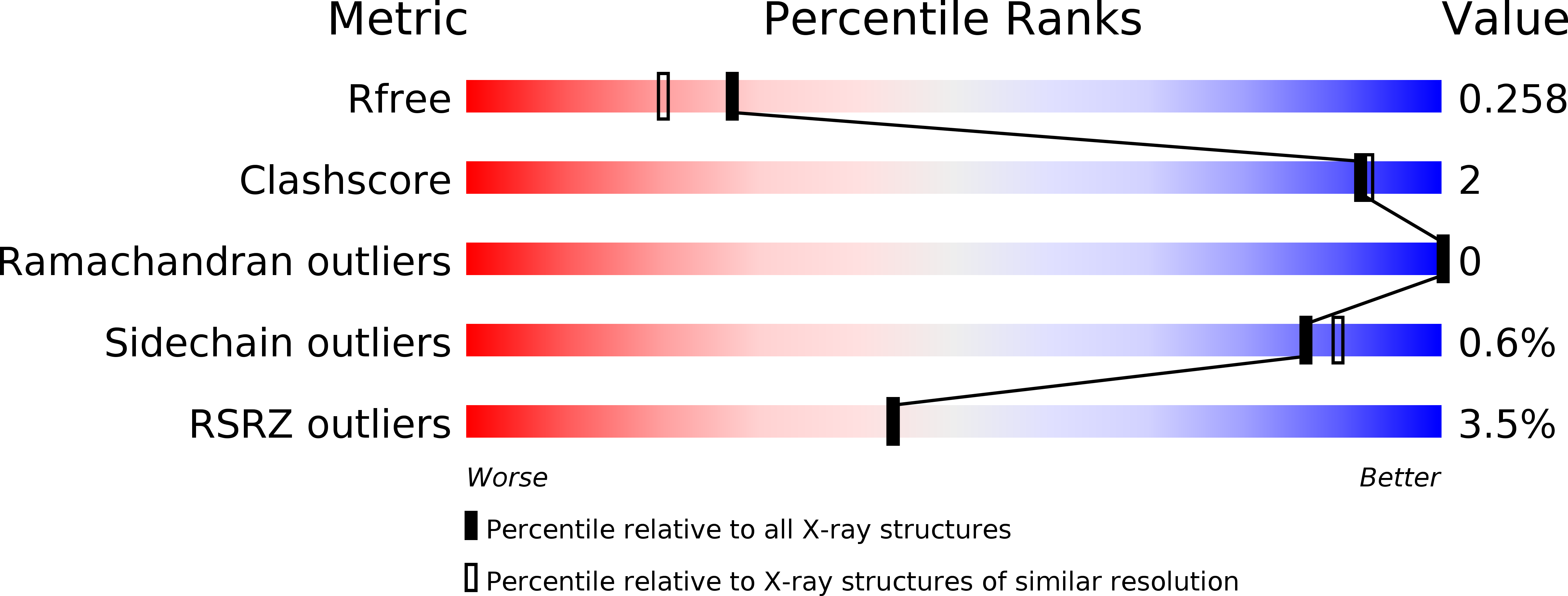
Deposition Date
2012-03-21
Release Date
2012-12-05
Last Version Date
2024-02-28
Entry Detail
PDB ID:
4E9J
Keywords:
Title:
Crystal structure of the N-terminal domain of the secretin XcpQ from Pseudomonas aeruginosa
Biological Source:
Source Organism:
Pseudomonas aeruginosa (Taxon ID: 208964)
Host Organism:
Method Details:
Experimental Method:
Resolution:
2.03 Å
R-Value Free:
0.24
R-Value Work:
0.21
R-Value Observed:
0.21
Space Group:
C 1 2 1


